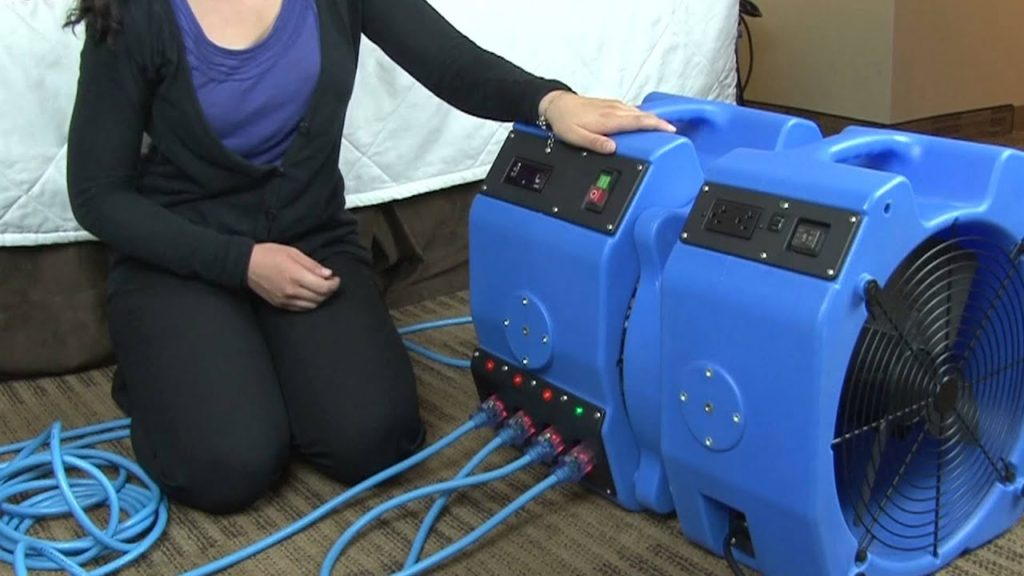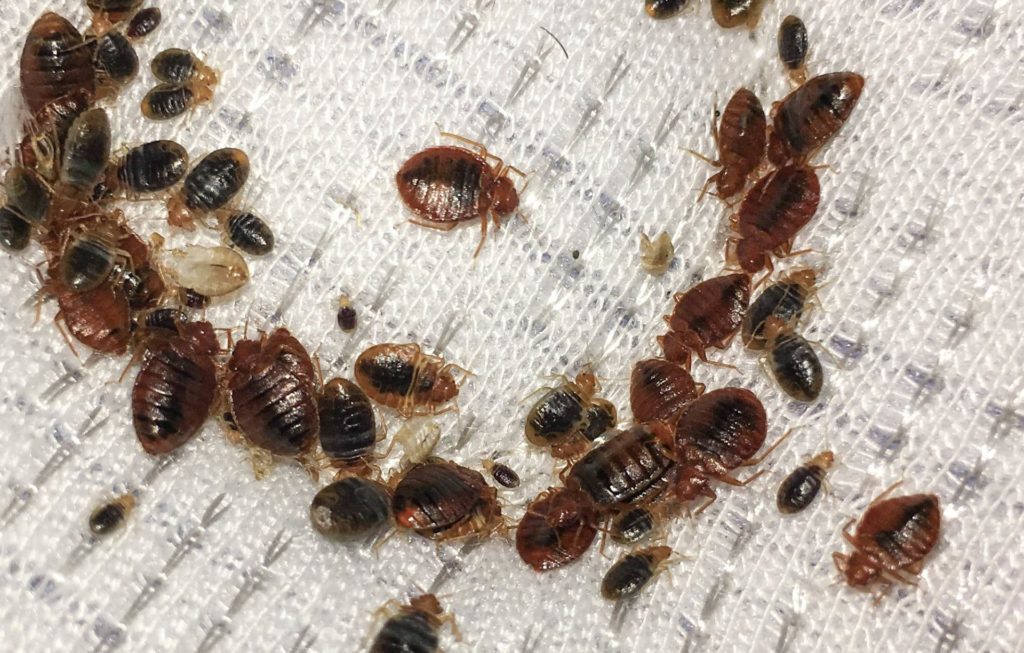What to look out for when using heating as bed bug control service
When at the start of this millennium the bed bug heat treatment technologies we see today were invented, we had little idea how widely they would be used and the impact for good it would have on the pest control world. Widespread and irresponsible pesticide use has had a massive impact on the environment and […]
What to look out for when using heating as bed bug control service Read More »










